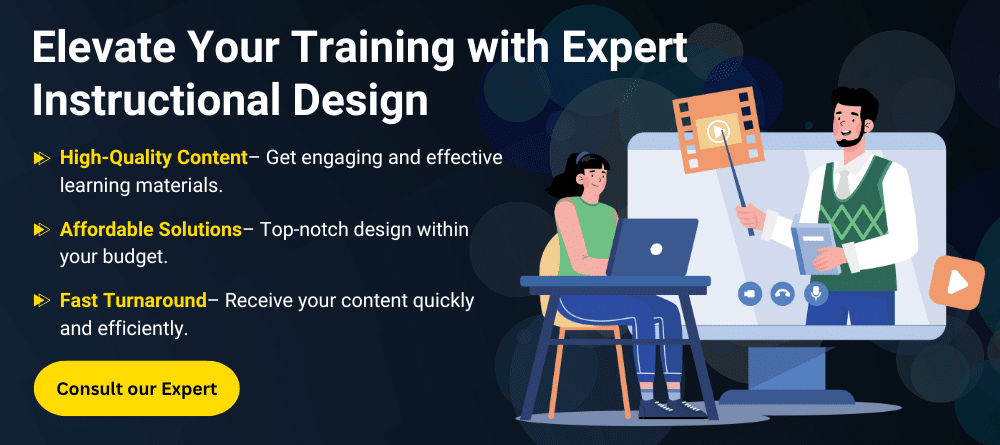As more learning professionals use technology to create meaningful educational and training content, instructional design jobs are in high demand. 31% of current Instructional Designers believe their job title does not accurately describe their responsibilities.
Training has shifted over the last few years from classroom sessions to fully interactive online training modules delivered via cloud-based Learning Management Systems. We’ve identified 10 instructional design skills that you should work on acquiring to gain employment or advance in the field of modern learning.
What is an Instructional Design Course?
An Instructional Design Course is a program that covers all of the essential features that help Instructional Designers advance in their careers. In addition, it provides a thorough understanding of the history and evolution of instructional design and the principles and characteristics of instructional material design and development.
An instructional design course is structured to assist you in developing the practical aptitude of various competencies and skills in instructional design, design and development of e-learning materials, and modes and models of instructional design.
What is the role of the Instructional Designer?
Instructional designers play a critical role in delivering education and training materials to people from all walks of life in various ways. Their ultimate goal must always be to help learners acquire knowledge, skills, and competencies efficiently and appealingly. Because learners come from different age groups and backgrounds, they bear much responsibility.
Top 10 Instructional Designer Skills Industry is looking for
Instructional Designer Skills Set Overview
Knowing how the digital elements of the instruction you create work will help you approach instructional design aspects more effectively during development. When creating digital materials to supplement instruction, instructional designers with web, graphic, and multimedia design skills can set themselves apart.
They should be able to lead conversations strategically with SMEs and other stakeholders, team members, and learners. One of the keys to success in instructional design is the ability to collaborate. An instructional designer’s job requires them to create something from nothing.
Mastering common project management skills, such as negotiation and leadership, can be highly beneficial for instructional designers who supervise teams or manage the work of individual contributors during the design process. You must be confident enough in your work to accept professional criticism. Then, keep your projects on track by being able to adapt and react quickly and smoothly.

















